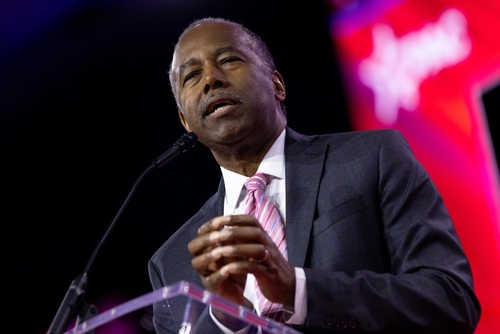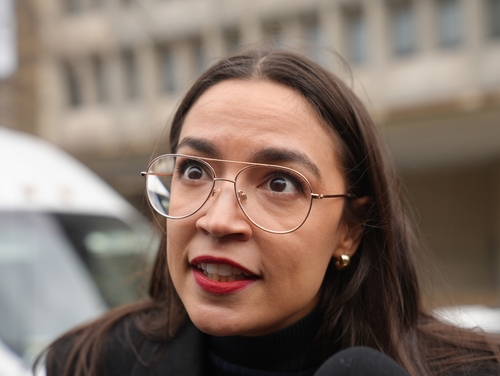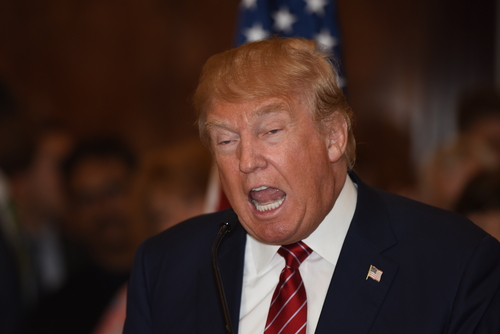Listen To Story Above
President Donald Trump’s comprehensive global tariff plan has taken effect today, marking a significant shift in U.S. trade policy aimed at addressing longstanding trade imbalances that have impacted American workers.
The White House announced on Wednesday that a baseline 10% tariff will be applied to all imports starting April 5, 2025. This move represents a fundamental change in America’s approach to international trade, targeting what the administration views as decades of unfair practices by foreign nations.
“For too long, other nations have taken advantage of our open markets while imposing barriers to our products. Those days are over.
What did Trump just do?
— Trump slapped 125% tariff on Chinese goods, effective immediately.
— Announced a 90-day pause and 10% reciprocal tariff for cooperating countries.
— Warned China: “Ripping off the U.S. is no longer acceptable”
— U.S. stocks jumped.
NEVER BE A… https://t.co/Iq5R3FOOD9 pic.twitter.com/olhRi5eOue
— Frankie™️🦅 (@B7frankH) April 9, 2025
h
American steel workers, auto workers, farmers and skilled craftsmen. We have a lot of them here with us today. They really suffered, gravely. They watched in anguish as foreign leaders have stolen our jobs, foreign cheaters have ransacked our factories, and foreign scavengers have torn apart our once beautiful American dream. We had an American dream that you don’t hear so much about. You did four years ago, and you are now. But you don’t too often.
Now it’s our turn to prosper, and in so doing, use trillions and trillions of dollars to reduce our taxes and pay down our national debt.
And it will all happen very quickly. With today’s action, we are finally going to be able to make America great again, greater than ever before or. Jobs and factories will come roaring back into our country, and you see it happening already.
And my answer is very simple. If they complain, if you want your tariff rate to be zero, then you build your product right here in America. Because there is no tariff. If you build your plant, your product in America. And we’ve seen companies coming in like we’ve never seen before.”
Beginning April 9, 2025, additional reciprocal tariffs will be implemented based on countries’ trade practices and surpluses with the United States. The administration has developed a specific formula that calculates tariff rates by dividing trade deficits by exports to the U.S. and multiplying by 0.5, particularly impacting nations with substantial trade surpluses.
BREAKING: President Trump issues a 90-day pause on tariffs "and a substantially lowered Reciprocal Tariff during this period of 10%," except for China.
The president has raised tariffs on China to 125%, effective immediately. pic.twitter.com/XNBKA6uH7S
— Collin Rugg (@CollinRugg) April 9, 2025
China faces the highest reciprocal tariff at 104%, while other nations face varying rates: Lesotho at 50%, Cambodia at 49%, and Laos at 48%. Several Asian nations, including Vietnam (46%), Myanmar and Sri Lanka (both 44%), face significant tariffs. European nations generally face lower rates, with Switzerland at 31% and Norway receiving a 15% tariff.
The baseline 10% tariff applies to numerous countries across all continents, including major economies like Australia, Brazil, and the United Kingdom. The comprehensive list encompasses nations from Africa, Asia, Europe, and the Americas, reflecting the global scope of the new trade policy.
The policy draws inspiration from historical U.S. trade practices, with Trump noting America’s prosperity during its tariff-driven era from 1789 to 1913. The administration aims to address various unfair trade practices, including currency manipulation, export subsidies, intellectual property theft, and environmental standards disparities.






